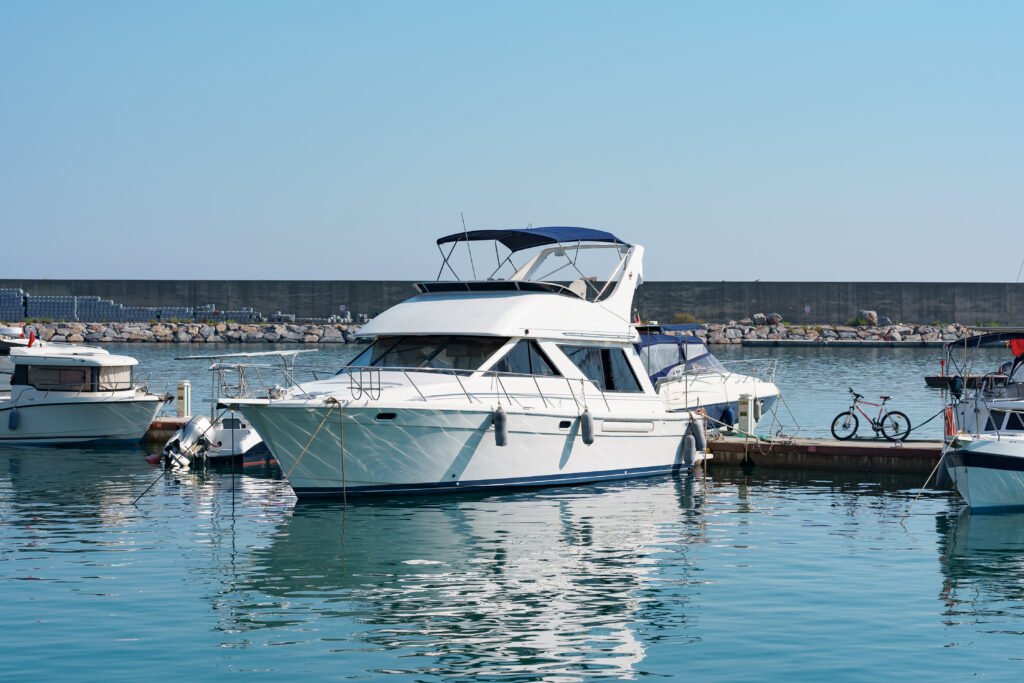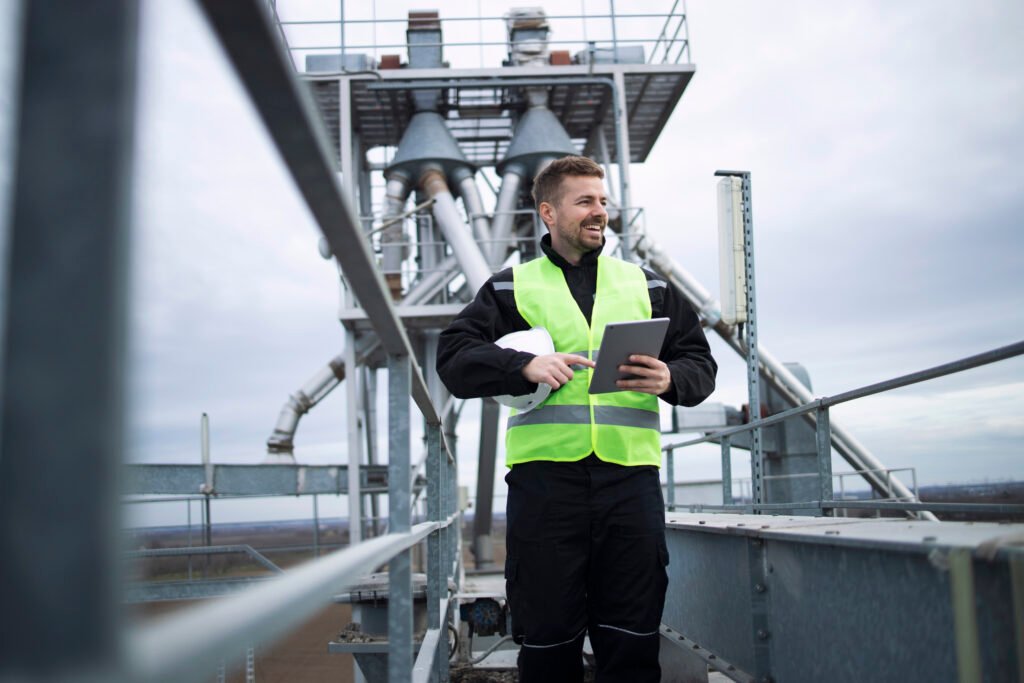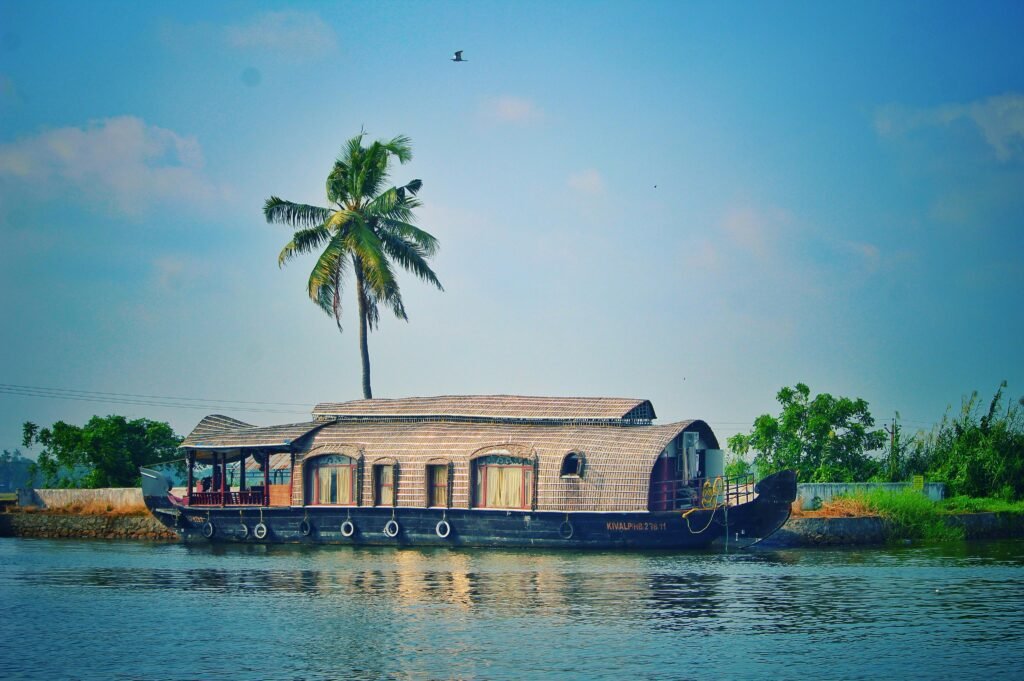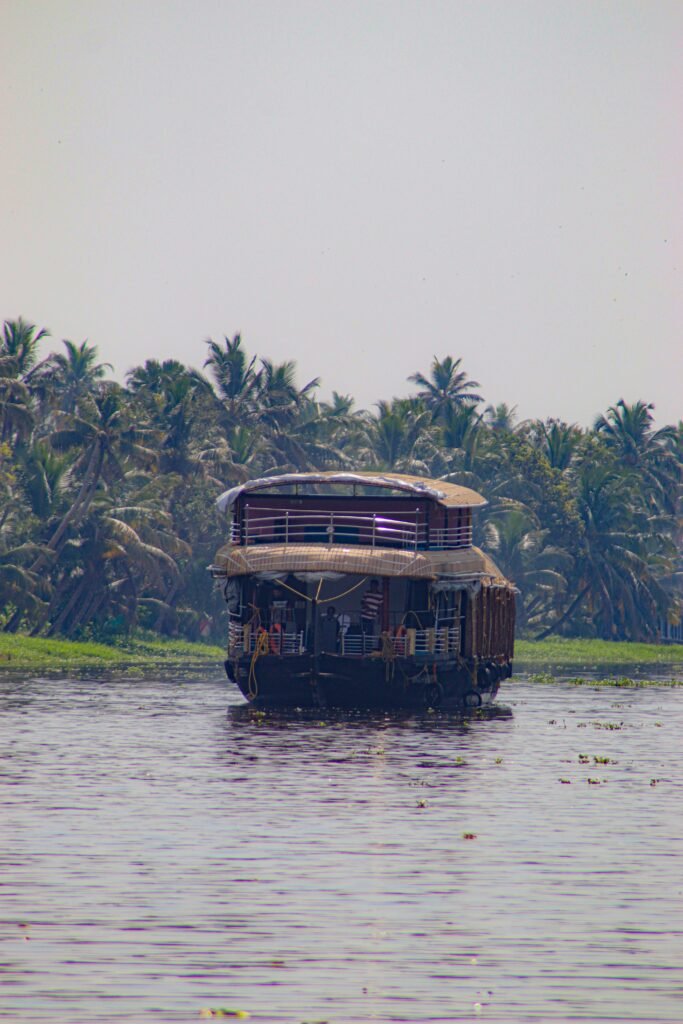Lightweight and Highly Durable Materials
Carbon Fiber Reinforced Polymer (CFRP)
One of the emerging trends in the FRP boat industry is the use of Carbon Fiber Reinforced Polymer (CFRP). CFRP combines the lightweight properties of carbon fiber with the strength of polymer matrix composites. This material offers excellent tensile strength, stiffness, and impact resistance, making it ideal for high-performance applications. CFRP can significantly reduce the weight of FRP boats, resulting in improved fuel efficiency, handling, and overall performance.
Basalt Fiber Reinforced Polymer (BFRP)
Another promising material gaining traction in the FRP boat industry is Basalt Fiber Reinforced Polymer (BFRP). Derived from volcanic rock, BFRP offers exceptional thermal and chemical resistance. It also has a higher melting point than traditional fiberglass, making it suitable for boats operating in extreme conditions. BFRP provides a cost-effective alternative to carbon fiber, enabling manufacturers to create lightweight, durable, and environmentally friendly boats.
Advanced Design and Manufacturing Techniques
Computer-Aided Design (CAD) and Virtual Prototyping
The future of FRP boats lies in the integration of advanced design and manufacturing techniques. Computer-Aided Design (CAD) software enables designers to create intricate 3D models and simulate various scenarios before the physical construction. This virtual prototyping saves time, reduces costs, and allows for precise optimization of the boat’s performance characteristics.
Automated Manufacturing Processes
Automation is rapidly transforming the boat manufacturing industry, and FRP boat production is no exception. Automated manufacturing processes, such as automated cutting and lamination, significantly improve production efficiency and reduce human error. This automation not only enhances the quality and consistency of FRP boats but also increases the overall speed of production, enabling manufacturers to meet growing demand.
Sustainable and Eco-Friendly Solutions
Bio-based Resins
In response to the increasing demand for eco-friendly solutions, the FRP boat industry is exploring the use of bio-based res. These resins are derived from renewable sources such as plants and offer similar to traditional petroleum-based resins. By reducing reliance on fossil fuels, bio-basedins contribute to a more sustainable future for FRP boats.
Recycling and End-of-Life Considerations
Sustainability goes beyond the choice of materials. The future of FRP boats includes proactive recycling and end-of-life considerations. Manufacturers are investing in research to develop recycling methods for FRP boats to minimize waste. Additionally, designing boats for disassembly and recycling allows for more efficient and environmentally friendly disposal at the end of a boat’s life cycle.
Call to Action: Embracing Innovation for a Sustainable Future
The future of FRP boats is full of exciting opportunities. By embracing the emerging trends and technologies mentioned above, the industry can create boats that are lighter, more durable, and environmentally friendly. Manufacturers, designers, and boating enthusiasts alike must collaborate to foster innovation and sustainability in FRP boat construction. Let us work together to protect our waterways and ensure a bright future for the marine industry.





Can FRP boats be designed to be completely biodegradable in order to reduce environmental impact and promote sustainability in the marine industry?